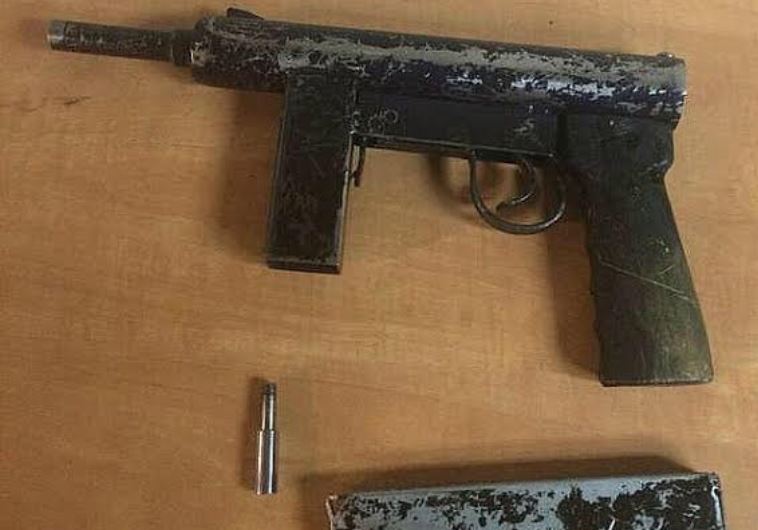Home made guns add to Israeli security woes
Improvised attacks are a growing challenge to stemming “popular terror.”
 The machine gun seized from Palestinian teen at a Shuafat checkpoint, June 29, 2015(photo credit: BORDER POLICE)ByROBERT SWIFT/ THE MEDIA LINEUpdated:
The machine gun seized from Palestinian teen at a Shuafat checkpoint, June 29, 2015(photo credit: BORDER POLICE)ByROBERT SWIFT/ THE MEDIA LINEUpdated: